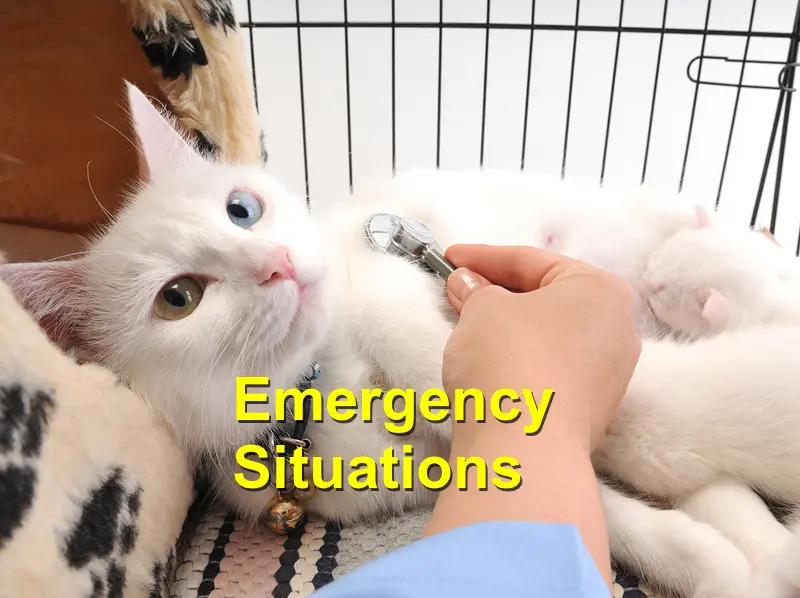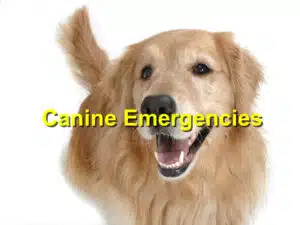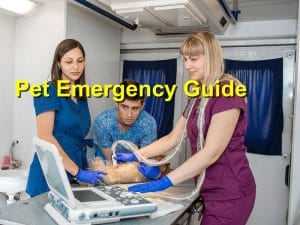Veterinary Emergency Situations and how to Prioritize Them
Most pet owners have had the experience of facing a veterinary crisis. Unfortunately, when we suspect the pet is ill, we are unable to distinguish between a minor and major health problem. Here are four situations that could necessitate an emergency veterinary attention.
Abdominal Pain
Abdominal distress is often a sign of serious health issues and may need immediate attention. The symptoms often show when the dog’s abdomen is tender when touching, is arched or the animal refuses food. Additionally, the abdominal pain would usually manifest through vomiting, shakiness and whelping. That may indicate a range of abdominal problems such as gastric torsion, bloating, constipation, poisoning or intestinal obstruction. A visit to the veterinarian is advised to safeguard the dog and manage pain.
Breaks and Fractures
Often dogs get involved in injuries, and it is possible for broken bones to be part of the outcome. Fractures are probably the most common accidents but rather non-critical when it comes to treatment. Broken bones, on the other hand, are an entirely separate case since a crash of such magnitude would mean other critical internal organs might also be facing damage. Overall, it remains advisable to take the pet for medical attention.
Skin Lacerations
Skin lacerations are also situations that need not much urgency, with the emphasis always on definitive repair measures such as stabilizing the wound by applying direct pressure with a clean bandage. Typically, if the injury is not severe, bleeding should seize within ten minutes from pressure application. However, if there is massive bleeding sit is best to rush the dog to the emergency vet.
Vehicle Accidents
Dogs getting hit by cars are probably a common and dangerous occurrence that often necessitate a need to visit the emergency clinic. Unsurprisingly it is advisable to ensure the visit even if he appears to have escaped with little harm since internal injuries may be present.
How to Handle Emergency and Non-emergency Medical Situations?
Fortunately, nowadays there are facilities available to handle both situations. For emergency services, the procedure works under a triage system, which allows for the treatment of the most critically ill patient while non-critical patients remain in waiting.
Overall veterinary visits whether urgent or regular remain helpful to know the condition of our pets. Get to choose a competent and qualified veterinarian who can accommodate scheduled check-ups, and still not put you off when in an emergency.
SOURCES: The Sci Pub, Canine Companions, AAHA, East Davie Vet, National Canine Search Council




